In theory, the Nikon Nikonos III is an underwater camera, but probably in 2020 mine shouldn’t go deep-sea diving. Unless I get it serviced and all the O rings replaced I’ll just settle for it being a gorgeous little waterproof lump of art and ergonomics, and leave it at that.
The Nikonos I, II and III were all based on the Calypso – a camera designed in the 1950s by Belgian Jean de Wouters with input from Jacques Cousteau.
Jean de Wouters was also a diver, and he worked for La Spirotechnique for a number of years refining the design. This little gem is unlike anything before or since. It is the first camera designed to go underwater, and did not need an underwater housing.
To start from scratch and come up with the Calypso as your first camera design strikes me as quite brilliant. It was a tremendously successful design that lasted until Nikon replaced it with the electronic Nikonos IV in 1980.
Originally the Calypso was made in France by La Spirotechnique, but Nikon bought the licence and Jean went over and helped them improve it. The rest, as they say, is history. In a couple of sentences I’ve tried to condense a lengthy article I found on calypsonikonos.com, so if you’d like a much better version of my story go and have a look there.
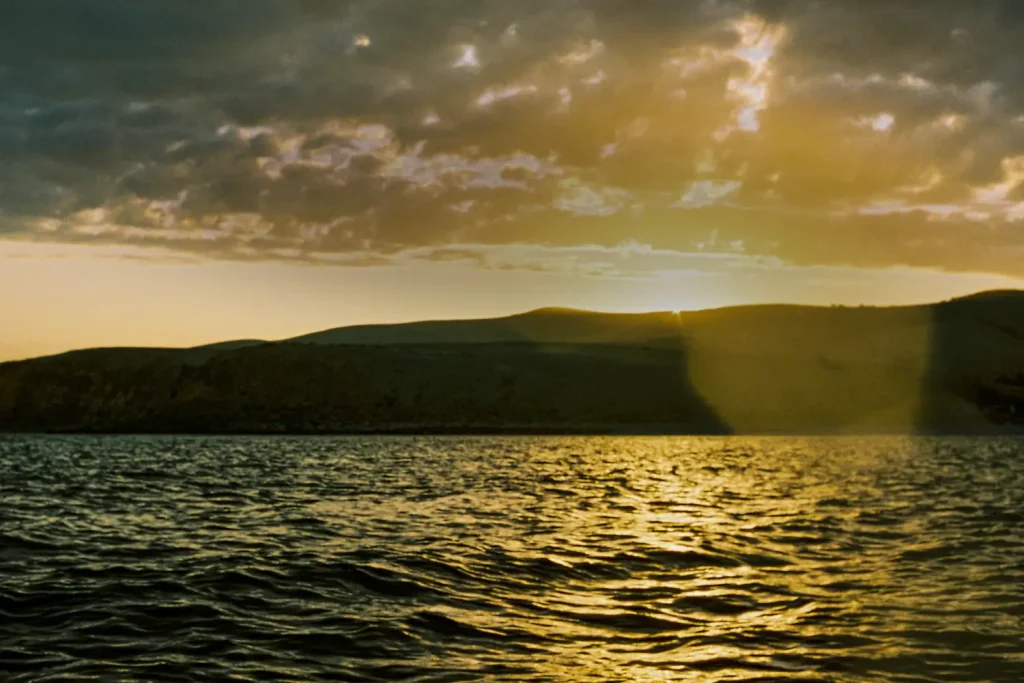
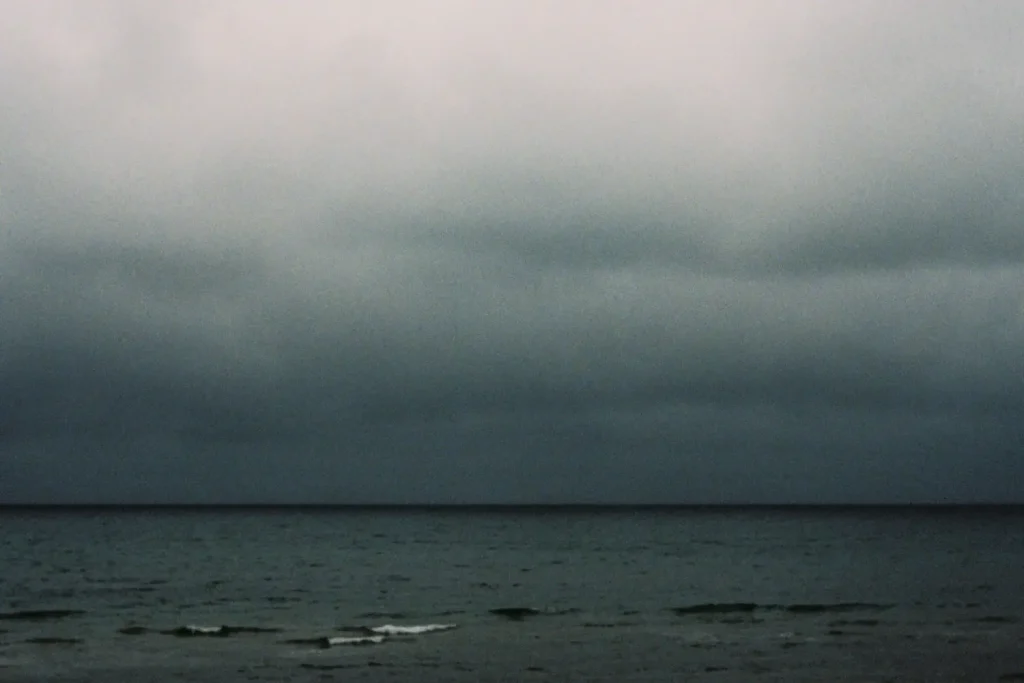
If course, the Nikon Nikonos III was designed to go 50m underwater, so it could cope easily with rainstorms, adventures and jungles. It was used widely for these pursuits and gained even more fame in the Vietnam War. In fact, the Nikonos was specifically designed to be useful above water as well, in order to increase its potential market.
Bless you Jean – I’ve thought the Calypso was super-cool since I was a kid, and recently acquired a Nikonos III. My trigger for picking one up was that I wanted something to take photos with while paddling on my kayak. I’d hesitate to buy one unseen online, but my local camera shop had three Nikonos to choose from and I chose a lovely III for a couple hundred of our local dollars.
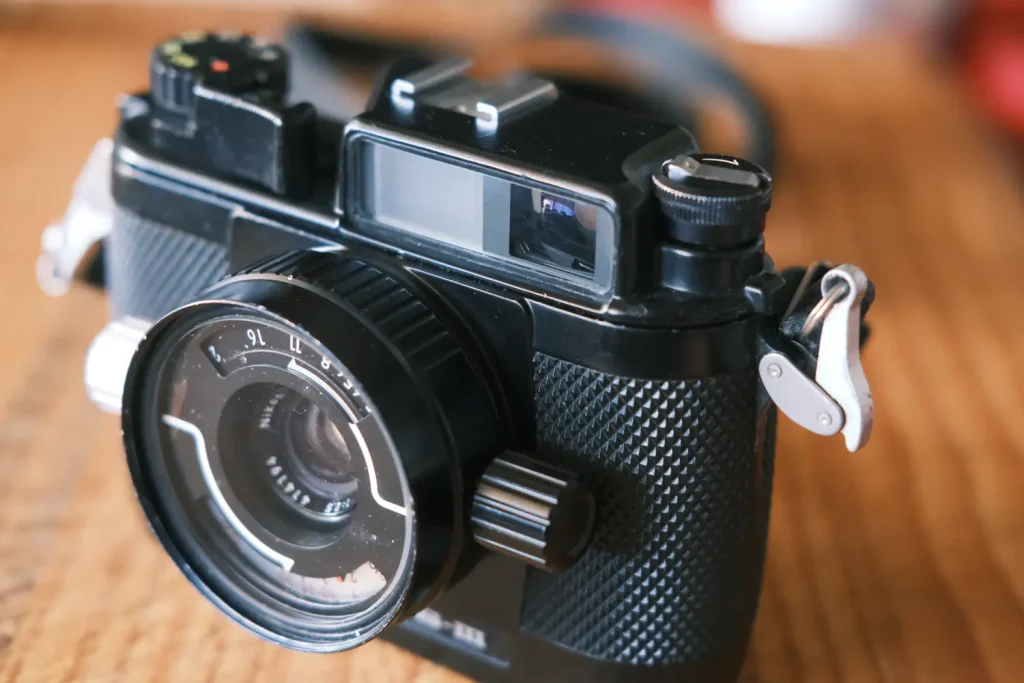
So – the Nikonos III is fully mechanical with no meter. The earlier versions are cooler, but this one has practicality and reliability without losing the killer looks or going all electronic. What does not come across in these photos is just how gorgeous it is to hold and use. Its operation is weird at first, then becomes natural very quickly.
To load and unload, the first thing you need to do is take the lens off.
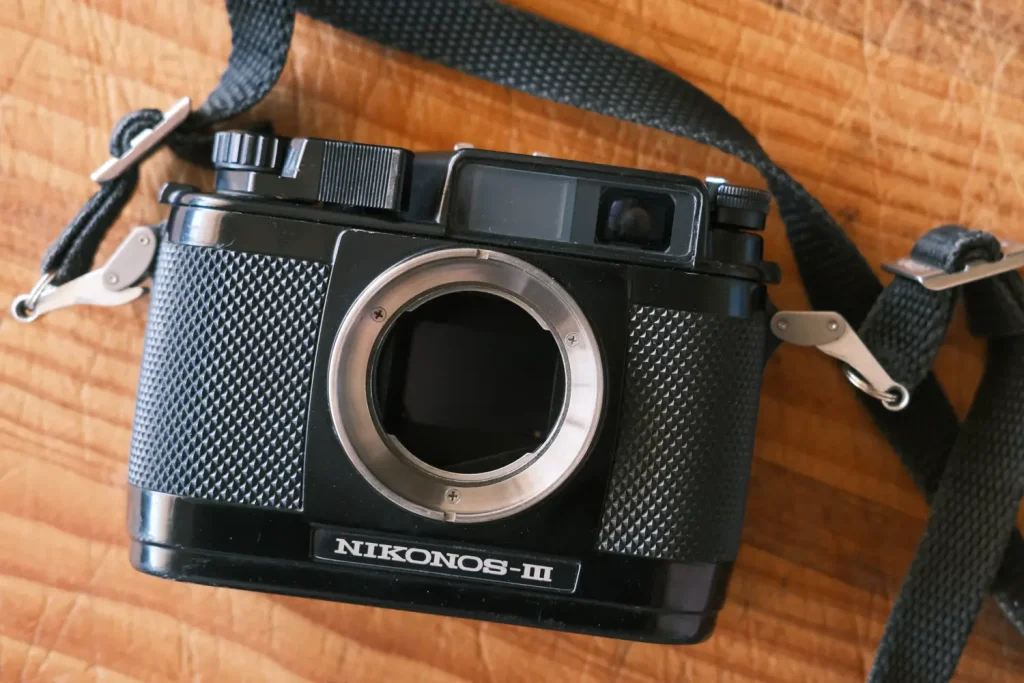
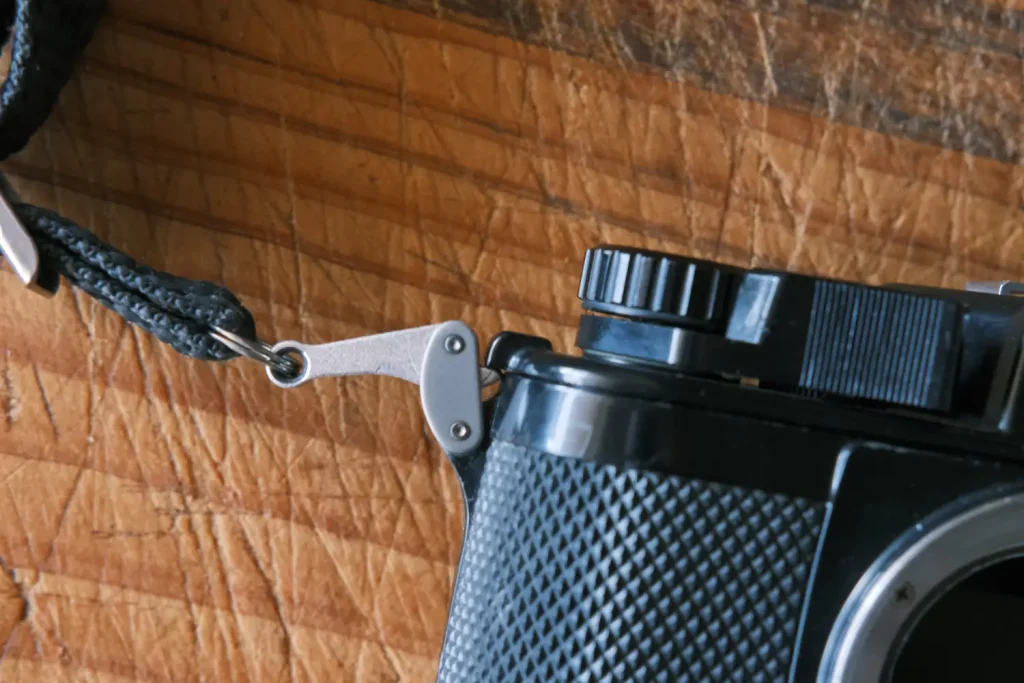
Then you use the strap lug ends to pop the Nikonos mechanism up out of the case. My advice is get someone to show you. Like I said – it soon becomes perfectly natural.
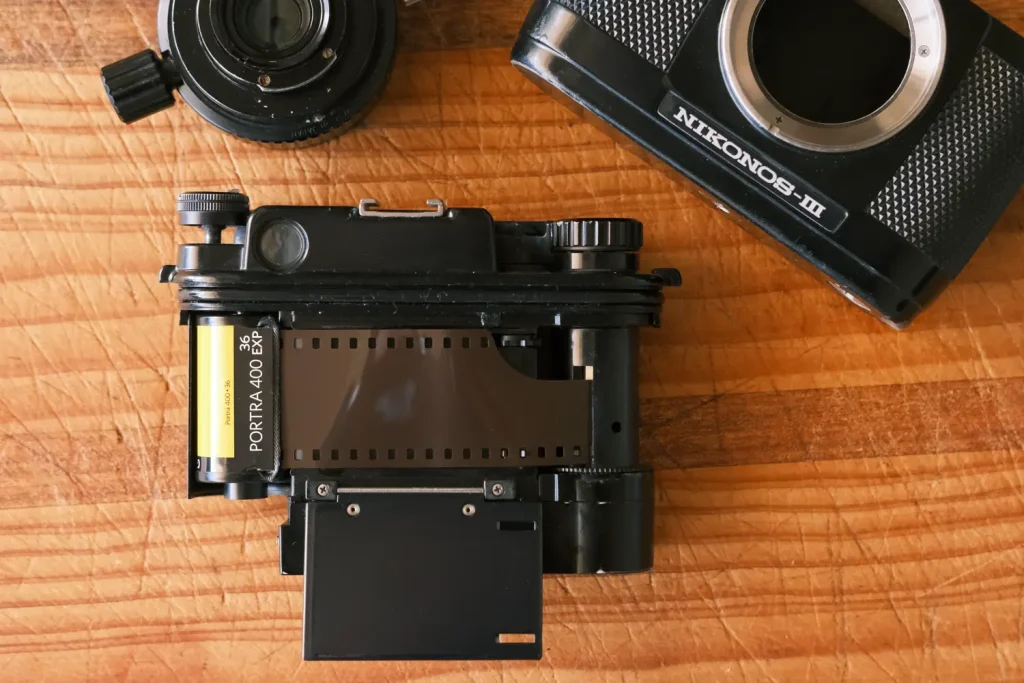
Loading is easy and intuitive. There’s a pressure plate for the film; all pretty normal.
A blow-by-blow guide to Nikonos operation could get a little tedious. Instead I’ll just put up some pics of its innards.
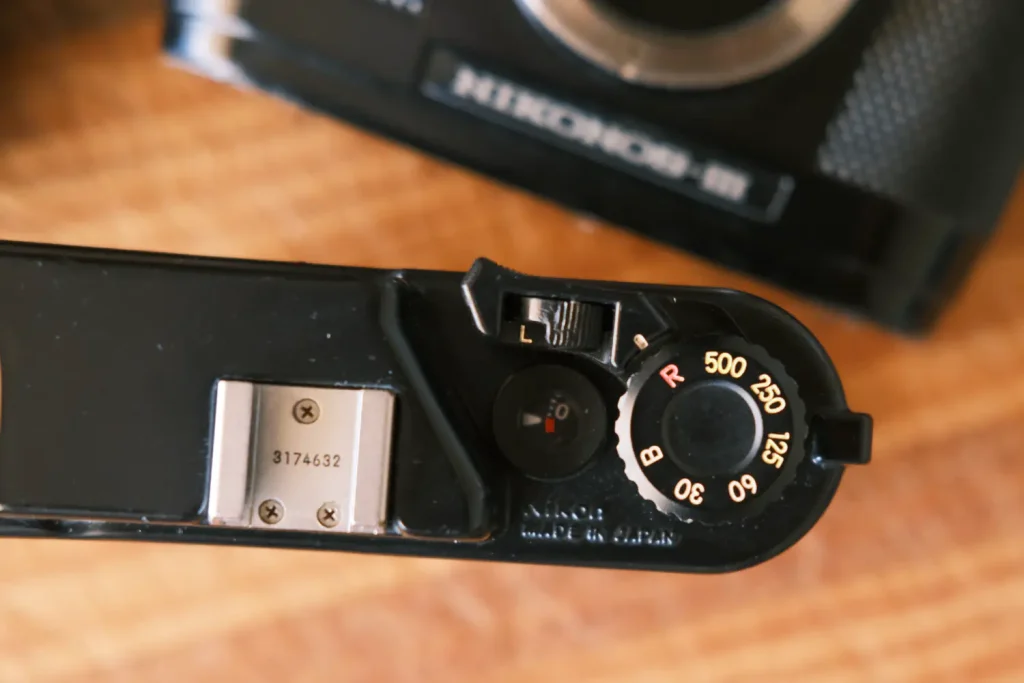
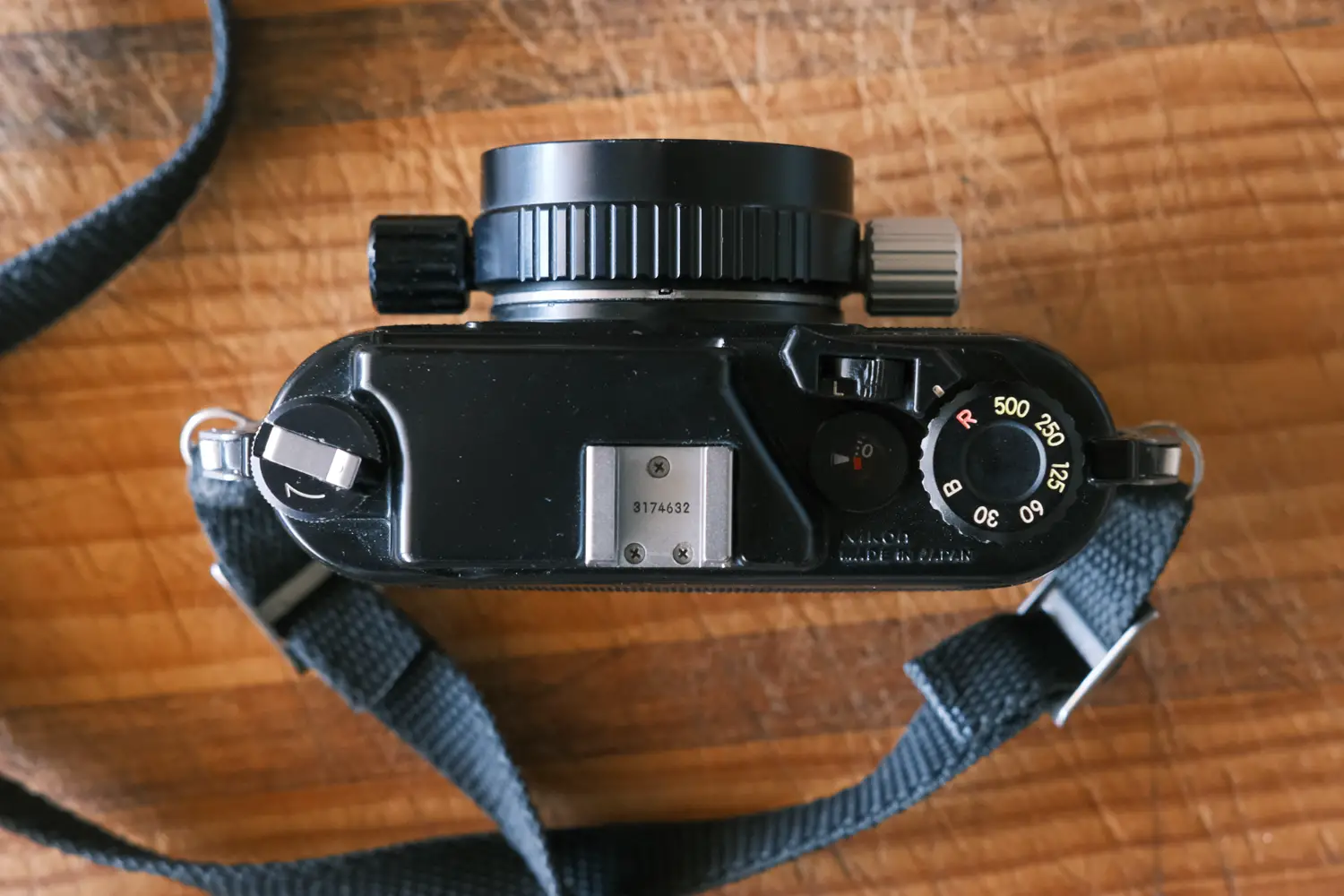
In use, the thing about the Nikonos III that takes most getting used to is the shutter and film advance. They are one lever. That way there is only one entry point in to the case that needs to be sealed. Pressing the lever in once advances the film and cocks the shutter. It then sits in the cocked position until you press it again to fire the shutter. There’s a lock on it that you can set so it won’t go off by mistake.
Well, that’s the theory anyway. I wasted a couple of frames hitting it by mistake on my first roll. And on my second roll. And on my third roll. The Click! “Oh, shit” moments are getting less though.
It’s actually really clever – your hand position does not change between firing the shutter and winding on. It’s very efficient – but it’s DIFFERENT. The idea of pressing a shutter release inwards instead of down is just… odd. It also makes it harder to hold steady IMHO.
I guess this is a good place to get in to the Nikonos III shooting experience. Normally, while pressing down to release a shutter the whole camera is better braced, whereas with this one you’re effectively using your right thumb and forefinger as pincers, which is much less stable. No dramas when you’re shooting in bright light, but hey, if it’s bright and sunny why do you need a waterproof camera? (OK – in a dust storm in the desert because it’s sandproof too) Personally, I was trying to shoot on a kayak at dawn when I was wide open at 1/30s and I got some blur. I found the best thing was to brace the camera against my forehead and press back in to that. That seemed to give me the best results.
It’s worth mentioning that it’s really easy to fire off a few frames quickly. Once you’re set up, it’s a snack.
OK – so the shutter release and winding on will take some practice. What else?
The Nikonos viewfinder is lovely, big and bright with frame lines at 35 and 80mm. With the 35mm mounted I can use the 80 frame to help me get the horizon level.
The standard kit lens is the 35mm f 2.5. This and an 80mm f 4.0 were the amphibious lenses. There’s also a whole bunch for purely underwater use if you like.
The Nikonos focus and aperture are great. If you mount the lens upside down the scales are right-way up when you tilt the camera up from round your neck, and you have this superb little set of callipers that move in and out showing DOF as you change aperture. If you ever want a tutorial in DOF vs aperture at given distances, just get one of these fellas.
Shutter speed is easy to read and you don’t have much to think about. B plus 1/30s to 1/500s in full stops.
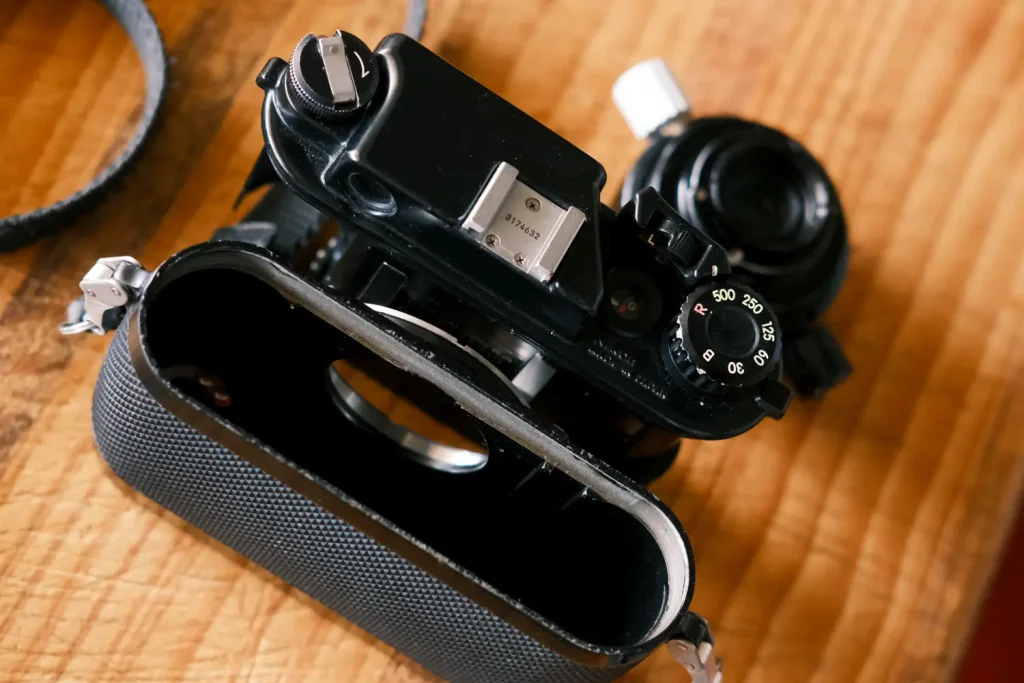
The 35mm lens stops down to f22, which means you can shoot 400 ISO in bright sunlight using sunny16 and you can also get away with 1/30 and f 2.5 at dawn.
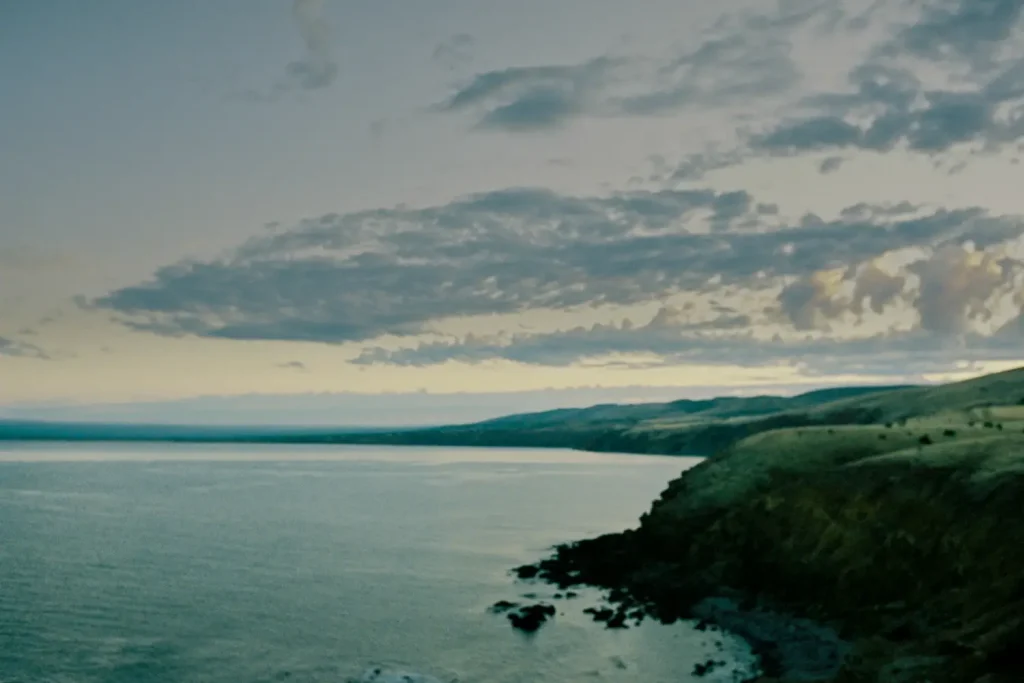
There is no meter on the Nikonos of course, so you’re guessing. And if you’re guessing it’s nice not to have too much choice, eh? I’d shoot it 1/30 wide open at dawn, sunny11 by mid morning, and sunny22 at noon (bear in mind this was Australian summer at the beach).
If you have time and it’s dry you can test the Nikonos meter with your phone for likely conditions, and before too long you’ll get an idea of what it will be. There’s also a groovy little Sekonic Marine Meter you could get if you wanted to get serious and meter for E6, but I wouldn’t be shooting tranny in this by choice. (Actually I did – but was a roll of expired Sensia and is another story in itself). Hats off to the Vietnam War correspondents shooting Ektachrome while getting shot at.
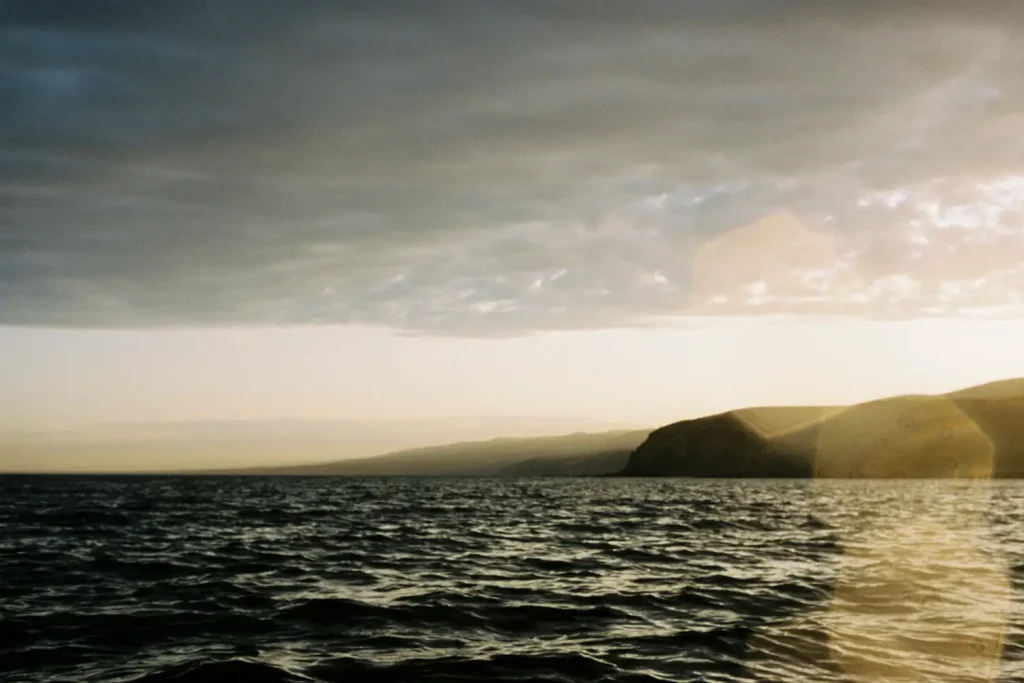
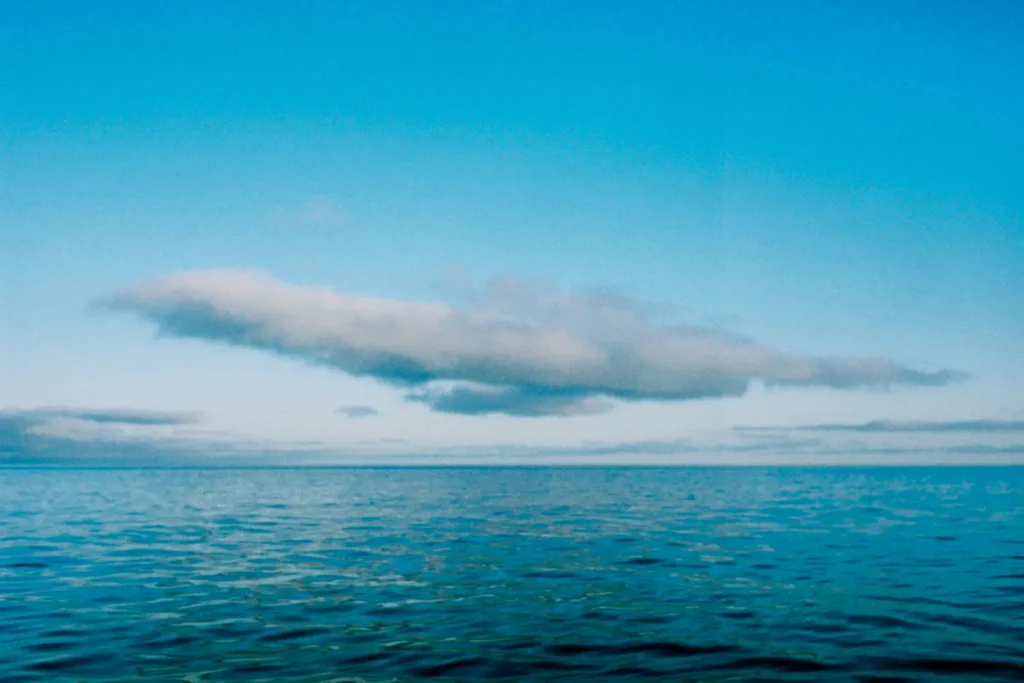
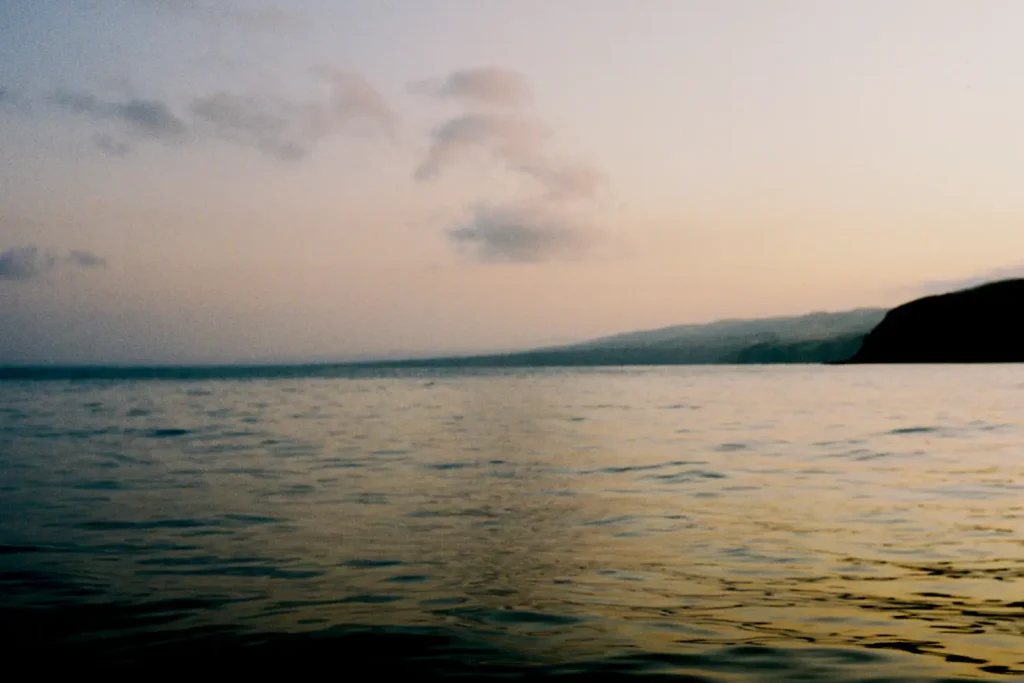
You might be able to tell that I think the Nikon Nikonos III thing is lovely. Hamish has one too – and you might like to read his thoughts here. As I said, if you want to go down the Calypso rabbit hole check out this site.
Share this post:
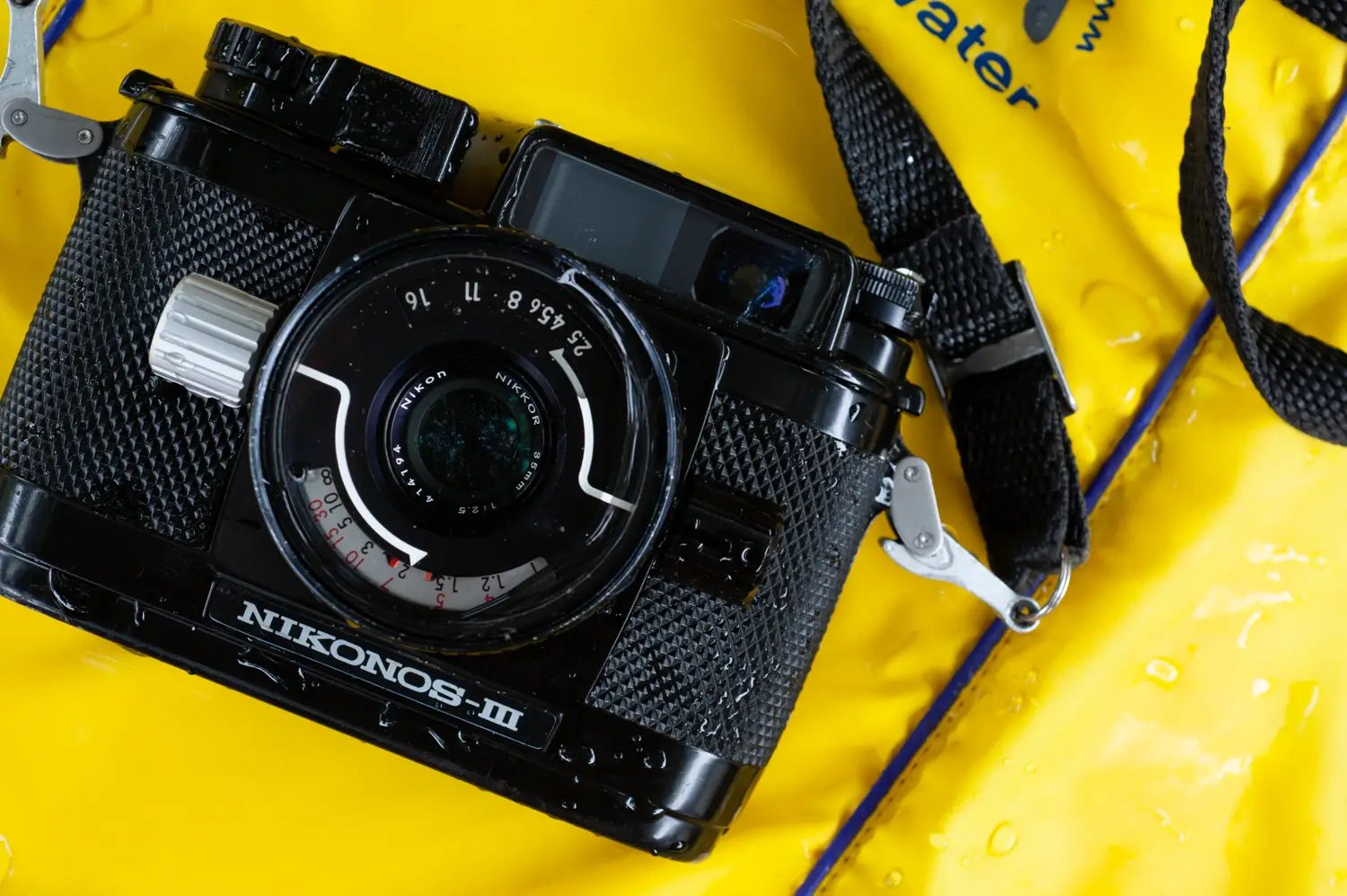








Comments
Calum on The Nikon Nikonos III – Review and Photos From the Kayak – By David Hume
Comment posted: 24/04/2020
Comment posted: 24/04/2020
Alex on The Nikon Nikonos III – Review and Photos From the Kayak – By David Hume
Comment posted: 24/04/2020
Comment posted: 24/04/2020
nicholashclark on The Nikon Nikonos III – Review and Photos From the Kayak – By David Hume
Comment posted: 25/04/2020
My dad has been a commercial diver since the mid-70's. He purchased a new Nikonos III while working on the Tasman Bridge following it's collapse in '75, and then used it to shoot diving jobs all around the world up to the late-90's (North Sea, Libya, India, China, Australia and so on). It still works a treat and has pride of place in my collection. Amazing bit of design and engineering!
If anyone knows of a tech with experience working on these (especially in Aus), I'd love to know!
Comment posted: 25/04/2020
Daniel Castelli on The Nikon Nikonos III – Review and Photos From the Kayak – By David Hume
Comment posted: 28/04/2020
I worked for a photo store that catered to the professional/technical/industrial photo trade. This was in Connecticut back in the late 60's - early 70's. One time we delivered at least a dozen Nikonos cameras & lenses to the US Sub base in Groton CT.
Still a great camera, worth keeping it in operating condition.
Comment posted: 28/04/2020
Comment posted: 28/04/2020
THE NIKONOS III – A QUICK REVIEW AND SOME PHOTOS FROM THE KAYAK | GearOpen on The Nikon Nikonos III – Review and Photos From the Kayak – By David Hume
Comment posted: 02/05/2020
Steve Burge on The Nikon Nikonos III – Review and Photos From the Kayak – By David Hume
Comment posted: 09/10/2020
I’m a life long kayaker and live near the coast, so Nikonos are perfect for me too. I’ve had (have) copies of most of the range, but the iii is by far my favourite user. It does everything I need, above and below water (snorkelling depth). The combined one index finger shutter/wind is perfect for kayaking in challenging conditions, when the other hand has the paddle. I also have the lens mounted upside down. I pair it with a 15mm lens for ‘kanorkling’...flying over kelp beds taking underwater pictures without getting wet.
I lucked into an imacculate early Calypso, unused, in its box, with original instructions and spare seals a few years ago. I’ll not take it to sea, but it’s a gem; smaller than the iii by some way, with a Leica like quality to the movements and a stellar Som-Berthiot Flor lens, which is lower contrast but sharper than the Nikkor 35m and with a distinctive screwmount Leica vintage rendering. Sometimes I just take the top half of the camera out of the case and stare at/operate it just to admire Jean de Wouters‘ genius.
A great article and thanks for sharing.
Happy paddling
Steve
Comment posted: 09/10/2020
Marc Wick on The Nikon Nikonos III – Review and Photos From the Kayak – By David Hume
Comment posted: 01/12/2020
Camera Review Blog No. 150 – Nikon Nikonos III – Alex Luyckx | Blog on The Nikon Nikonos III – Review and Photos From the Kayak – By David Hume
Comment posted: 05/12/2022